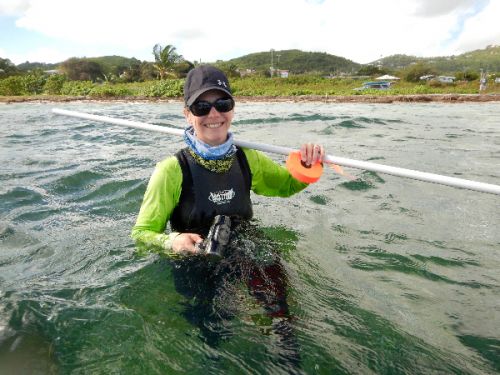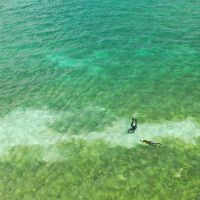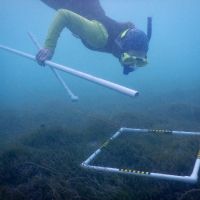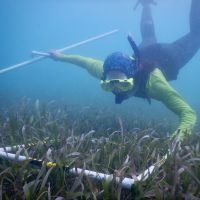Hurricane Maria Sea Grass Bed Damage
JANUARY 27, 2020 — Last week a small team of scientists travelled to St. Croix in the U.S. Virgin Islands to evaluate the effectiveness of repair and stabilization actions conducted in seagrass beds damaged by Hurricane Maria response activities.
Response activities that damaged the seagrass beds included inadvertent work barge groundings, vessel keel scars, propeller wash holes, sediment deposits, barge pilings, propeller scarring, and other types of bottom disturbance. The intent of the repair and stabilization activities was to limit further damage due to scour, erosion, and/or sediment migration and to allow seagrass re-growth and recovery.
The team conducted snorkel surveys to record seagrass species composition (dominant, co-dominant, secondary), cover class, and canopy height, as well as the bottom elevation differential between the scarred areas and adjacent undamaged areas. Collecting this data will increase our understanding of the effectiveness of the repair actions, enabling OR&R to better advise response decision makers on appropriate actions in future events.
For more information, contact Nicolle.R.Rutherford@noaa.gov.
more images

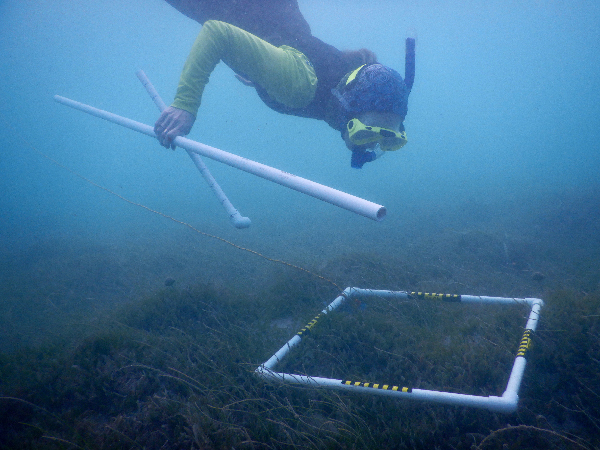

 An official website of the United States government.
An official website of the United States government.

